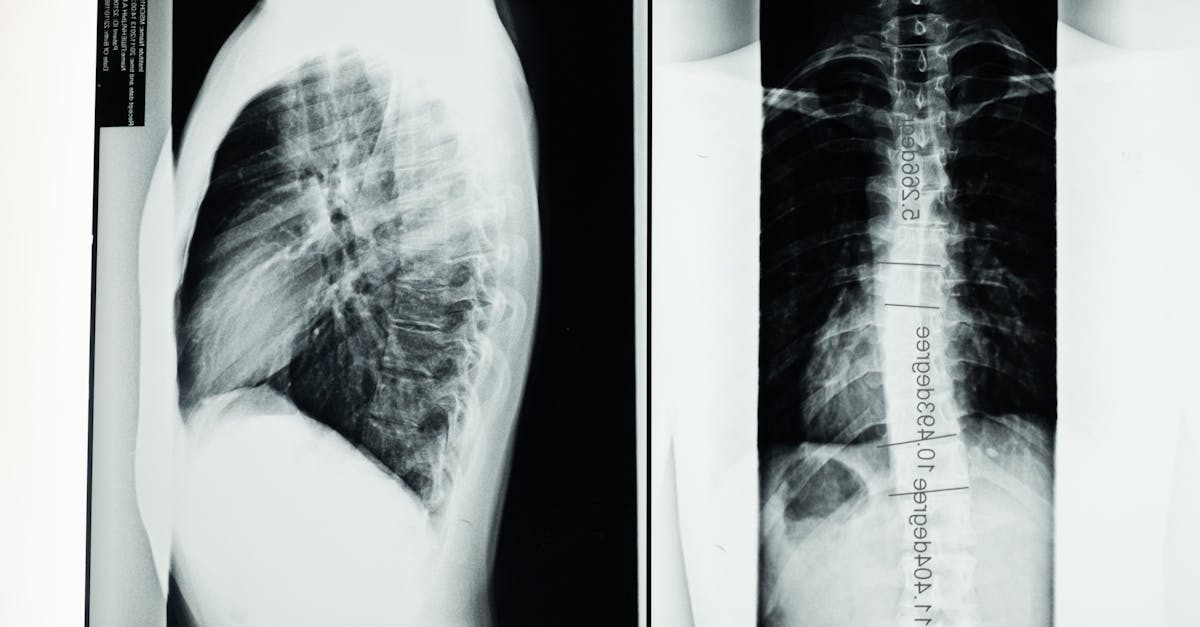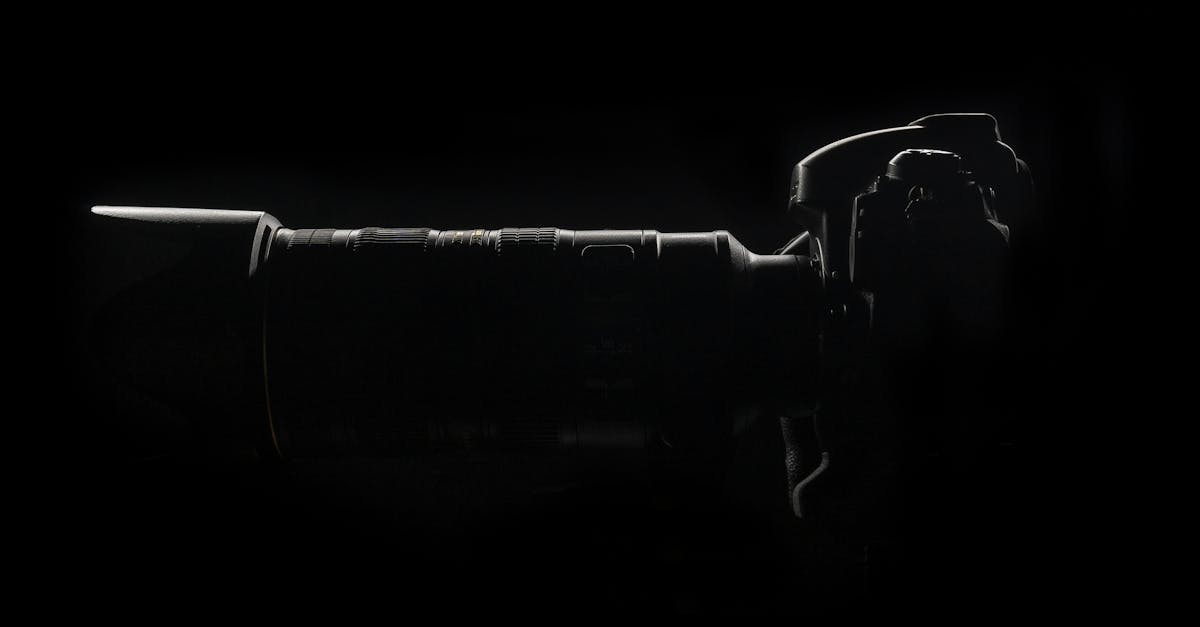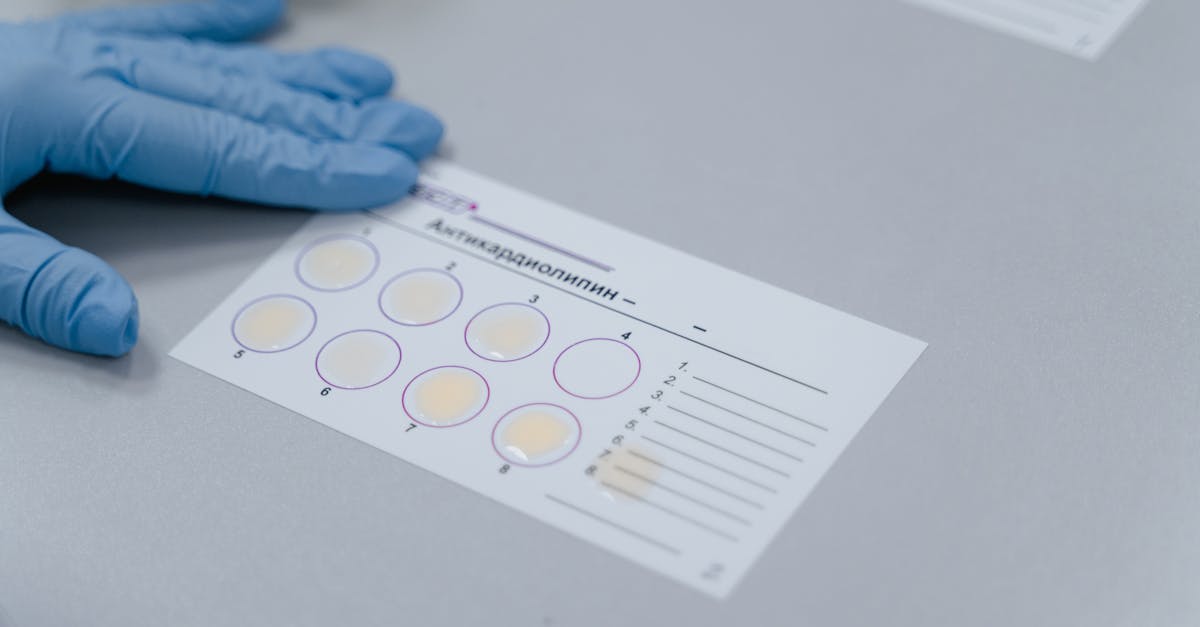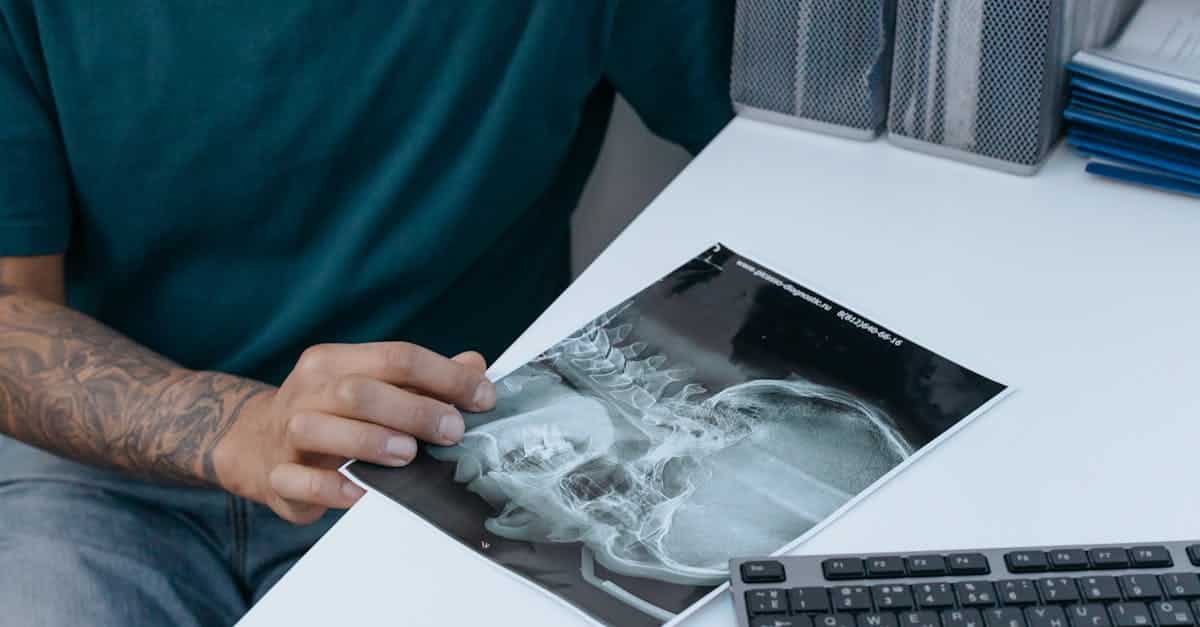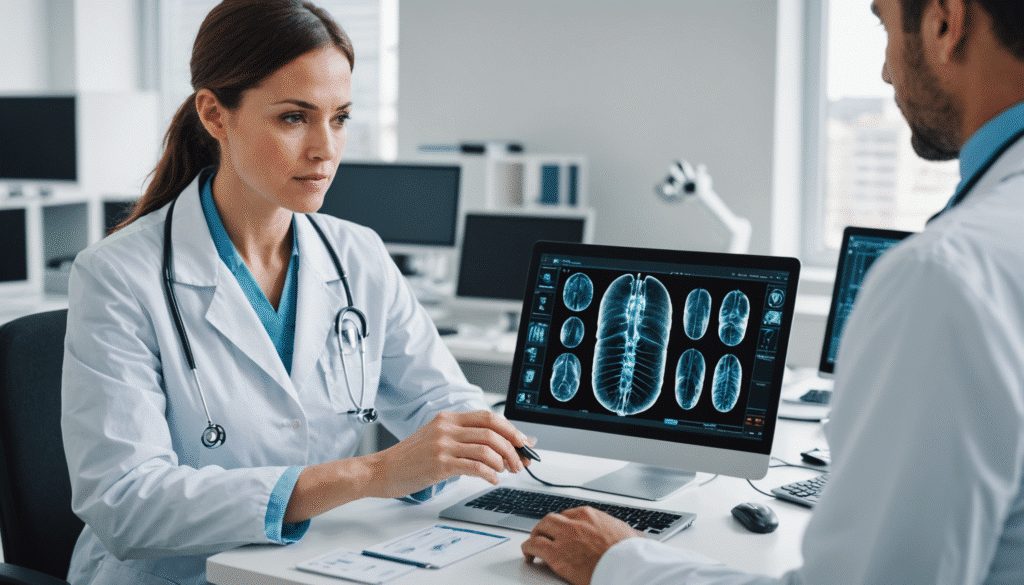Early diagnosis is a crucial issue in managing diseases, allowing for rapid intervention and thereby improving the chances of successful treatments. With technological advances, various medical imaging techniques have developed, providing healthcare professionals with powerful tools to detect pathologies at an early stage. This article explores the different methods used in diagnostic radiology, their advantages, disadvantages, and their impact on early diagnosis.
Techniques such as magnetic resonance imaging (MRI), ultrasounds, computed tomography (CT scans), and X-rays play a particularly important role in the early detection of many diseases. Each of these methods has its own characteristics and clinical applications, making their comparative analysis essential for determining the most suitable one based on the clinical context.
Magnetic Resonance Imaging (MRI)
Among the available imaging techniques, MRI stands out for its ability to provide very detailed images, particularly of soft tissues. This method uses magnetic fields and radio waves to create cross-sectional images of the body. MRI is particularly effective for diagnosing neurological, musculoskeletal abnormalities, as well as certain cardiac pathologies.
Advantages of MRI
MRI has many advantages. First, it does not use ionizing radiation, making it a safe option, especially for repetitive examinations. Additionally, it allows for an improved visualization of internal structures, helping to detect lesions that might go unnoticed with other techniques.
Disadvantages of MRI
Despite its advantages, MRI also has limitations. Access may be restricted due to the high cost and the duration of examinations, which often requires patients to remain still for long periods. Moreover, certain medical conditions, such as the presence of metal devices, render MRI inappropriate for some patients.

Ultrasound
Ultrasound is an imaging technique that uses sound waves to create images of internal organs. It is effective, non-invasive, and does not involve any radiation, making it ideal for monitoring pregnancy and evaluating various organs such as the heart, liver, and bladder.
Advantages of Ultrasound
This method offers several advantages. It is easily accessible, relatively low-cost, and can be performed quickly. Ultrasound also allows for real-time imaging, which is crucial for guided interventions, such as biopsies.
Disadvantages of Ultrasound
On the other hand, ultrasound may be limited by factors such as obesity or intestinal gas, which can impair image quality. Additionally, it has a limited capability to visualize deep tissues or bony structures, thereby hindering its effectiveness in certain cases.
Computed Tomography (CT Scan)
Computed tomography, or CT scan, combines X-rays with computer software to create cross-sectional images of the body. It is particularly useful in diagnosing tumors, internal bleeding, or infections.
Advantages of CT Scan
The CT scan is appreciated for its speed and its ability to provide detailed images of different anatomical structures. It is often used in emergency situations to immediately assess trauma and other complications.
Disadvantages of CT Scan
However, this method has disadvantages, notably exposure to radiation, which can increase the long-term cancer risk. Additionally, the cost of CT scan equipment may restrict access in certain clinical contexts.

X-ray
The X-ray uses X-rays to produce images of internal structures, mainly recommended for visualizing bones. Although it is one of the oldest techniques, it remains an essential tool in early diagnosis, particularly for fractures and pulmonary diseases.
Advantages of X-ray
X-ray is quick, inexpensive, and easily accessible. It requires a short examination time, allowing for rapid diagnosis of certain conditions.
Disadvantages of X-ray
It is worth noting that, although very useful, X-ray has limitations in visualizing soft tissues, and it also uses ionizing radiation, raising concerns about the safety of its repeated use.
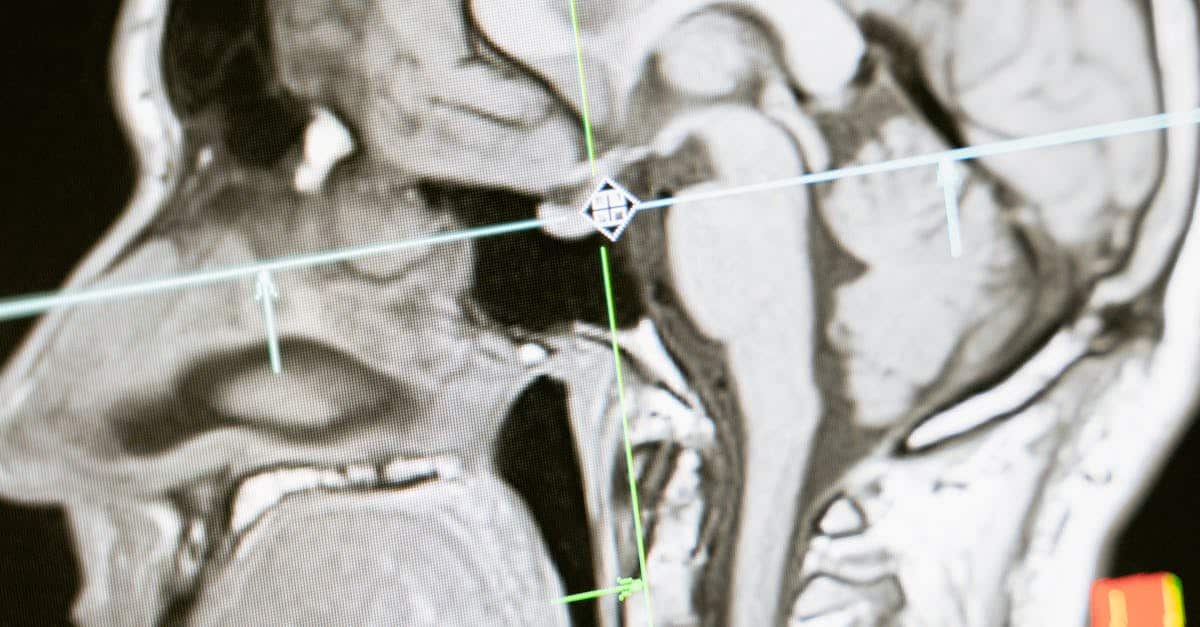
Comparison of Imaging Techniques
It is essential to compare these different imaging techniques to assess their effectiveness in various clinical scenarios. Each method has its own indications, advantages, and disadvantages, and the choice will often depend on the patient’s age, medical history, and the urgency of the diagnosis.
Comparative Table of Imaging Techniques
| Technique | Advantages | Disadvantages | Fields of Application |
| MRI | No radiation Soft tissue details |
High cost Difficult for some patients |
Neurology, trauma |
| Ultrasound | Non-invasive Low cost |
Limited by body mass Less effective for bones |
Obstetrics, cardiovascular |
| CT Scan | Fast Cross-sectional images |
Radiation High cost of equipment |
Emergencies, cancers |
| X-ray | Quick Easy access |
Radiation Limited visualization of soft tissues |
Fractures, pulmonary diseases |
Conclusion of Comparative Studies
The findings from comparative studies highlight that the choice of the appropriate imaging technique must be based on a balance between the specific clinical needs of the patient and the characteristics of the different methods. Technological advancements continue to enrich this field, paving the way for new promising techniques that could transform the landscape of early diagnosis. Ongoing evaluation of the performance of these techniques will better guide clinical choices and improve patient management regarding potentially serious conditions, such as endometriosis. Indeed, the development of tools such as Endotest®, for example, could now allow for improved diagnostic accuracy while reducing the cost of these examinations.



